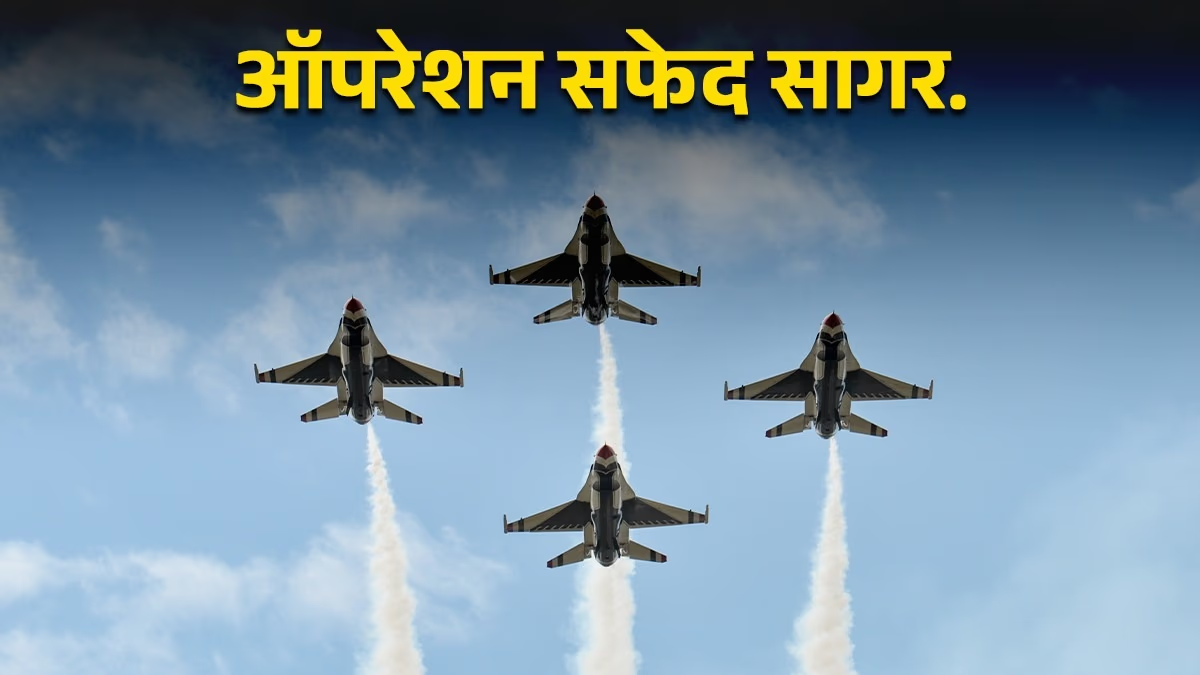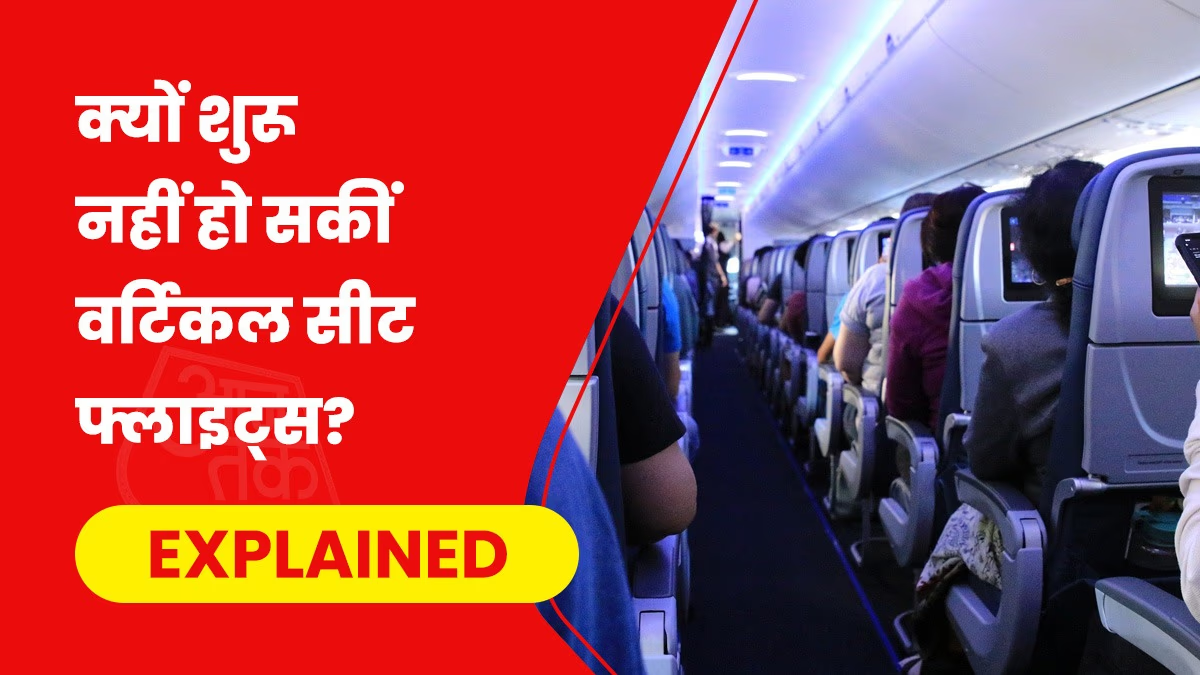The liquor scam has inflicted a colossal financial hit on Delhi, with losses amounting to thousands of crores. These losses stem from a myriad of exemptions and regulatory breaches. Today's CAG report unveils numerous pivotal details of this scandal.
In a crucial session of the Delhi Assembly, Chief Minister Rekha Gupta unveiled the CAG report on the liquor scam. This thorough audit disclosed the mechanisms through which the new liquor policy led to a staggering 2002 crore loss for Delhi. The report highlights how misguided decisions devastated government revenues.
Not opening liquor shops in non-conforming areas resulted in a ₹941.53 crore loss.
Failure to retender abandoned licenses caused an ₹890 crore setback.
Granting license fee exemptions under the guise of COVID-19 cost ₹144 crore.
Improper security deposit collection culminated in a ₹27 crore deficit.
Read also: 15 Key Takeaways from the CAG Report
Rule 35 (Delhi Excise Policy, 2010) was not implemented proficiently.
Wholesale licenses were awarded to those interested in manufacturing and retail.
This benefitted a homogeneous group across the entire liquor supply chain.
The wholesaler's profit margin was increased from 5% to 12%.
Although the government announced lab establishments in warehouses for quality checks, no labs were set up.
This increased the profit of wholesalers while diminishing government revenue.
There was no thorough screening; upfront costs were ignored.
Running a liquor zone required ₹100 crore, yet no financial checks were conducted by the government.
Many bidders had minimal or zero income over the last 3 years.
This fostered prospects of proxy ownership and political favoritism.
Read also: Why the CAG Report Matters
The AAP government disregarded the advice of its expert committee, making arbitrary policy changes.
Initially, an individual was allowed only 2 outlets, but the new policy expanded this to 54.
Previously, the government operated 377 stores, but the new policy sanctioned 849 liquor vendors, with licenses awarded to only 22 private players.
This fostered monopoly and categorization.
Manufacturers were required to tie up exclusively with one wholesaler.
Out of 367 registered IMFL brands, only 25 controlled 70% of total liquor sales.
Remarkably, just three wholesalers (Indospirit, Mahadev Liquors, and Brindco) dominated 71% of the supply.
This led to price manipulation and limited options for consumers.




